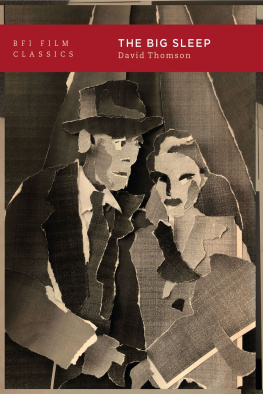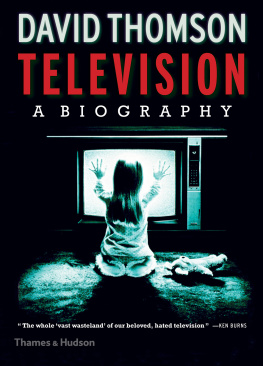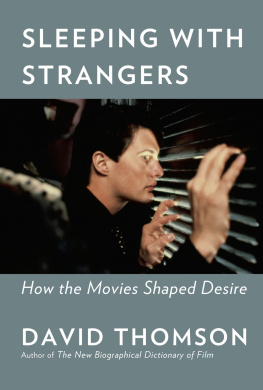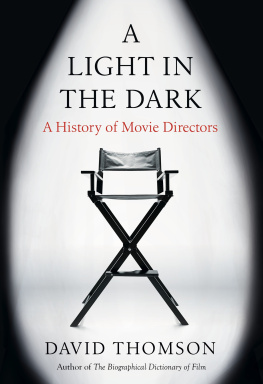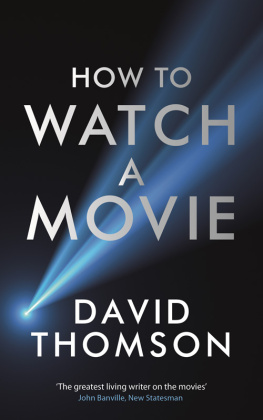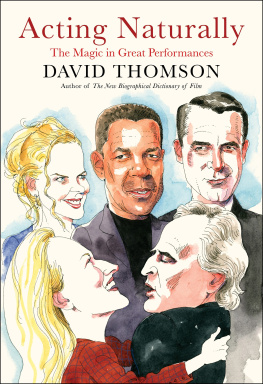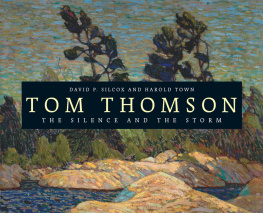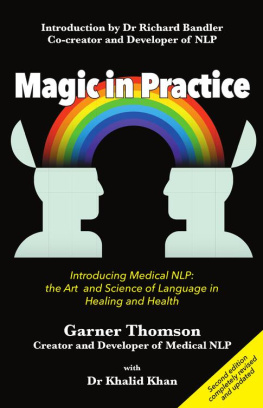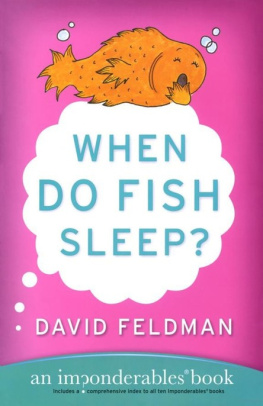David Thomson - The Big Sleep
Here you can read online David Thomson - The Big Sleep full text of the book (entire story) in english for free. Download pdf and epub, get meaning, cover and reviews about this ebook. publisher: Bloomsbury Publishing, genre: Detective and thriller. Description of the work, (preface) as well as reviews are available. Best literature library LitArk.com created for fans of good reading and offers a wide selection of genres:
Romance novel
Science fiction
Adventure
Detective
Science
History
Home and family
Prose
Art
Politics
Computer
Non-fiction
Religion
Business
Children
Humor
Choose a favorite category and find really read worthwhile books. Enjoy immersion in the world of imagination, feel the emotions of the characters or learn something new for yourself, make an fascinating discovery.
- Book:The Big Sleep
- Author:
- Publisher:Bloomsbury Publishing
- Genre:
- Rating:3 / 5
- Favourites:Add to favourites
- Your mark:
- 60
- 1
- 2
- 3
- 4
- 5
The Big Sleep: summary, description and annotation
We offer to read an annotation, description, summary or preface (depends on what the author of the book "The Big Sleep" wrote himself). If you haven't found the necessary information about the book — write in the comments, we will try to find it.
The Big Sleep — read online for free the complete book (whole text) full work
Below is the text of the book, divided by pages. System saving the place of the last page read, allows you to conveniently read the book "The Big Sleep" online for free, without having to search again every time where you left off. Put a bookmark, and you can go to the page where you finished reading at any time.
Font size:
Interval:
Bookmark:

BFI Film Classics
The BFI Film Classics series introduces, interprets and celebrates landmarks of world cinema. Each volume offers an argument for the films classic status, together with discussion of its production and reception history, its place within a genre or national cinema, an account of its technical and aesthetic importance, and in many cases, the authors personal response to the film.
For a full list of titles in the series, please visit https://www.bloomsbury.com/uk/series/bfi-film-classics/
For Richard and Mary Corliss
The Big Sleep
David Thomson

Contents
I am grateful for the assistance of several archives: to Bob Gitt of the University of California Los Angeles film archive, for information on the recently discovered early version of The Big Sleep to Jim DArc; and the Howard Hawks archive at Brigham Young University, Provo, Utah; to Ned Comstock and Bill Whittington of the Warner Brothers collection at the University of Southern California, Los Angeles; to Tino Balio and Special Collections at the University of Wisconsin, Madison, Wisconsin; and to Stanley Brown and the Irving Thalberg script collection at Baker Library, Dartmouth College, Hanover, New Hampshire.
I was helped a great deal by talks with the late Lady Slim Keith. Maurice Rapf, Todd McCarthy and Patrick McGilligan gave good advice. My first viewing of The Big Sleep and of other Hawks films was enriched by the company and talk of Kieran Hickey. Which reminds me to honour the late Richard Roud, who programmed the first Hawks season at the National Film Theatre in London in 1961.
I have also benefited from Hawks talk with Andrew Sarris and Molly Haskell, Richard Jameson and Kathleen Murphy, and Richard and Mary Corliss.
And I thank Rob White and BFI Publishing for asking me to write.
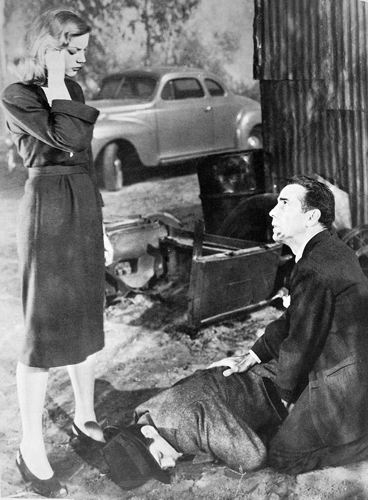
Outside the Realito hide-out
For decades now, since a Saturday in 1961 when I saw it three times in a row, coming out of one screening at the National Film Theatres original Hawks season and joining the queue for the next (as if the movie were a ride on a sensational fairground entertainment), Ive regarded Howard Hawks The Big Sleep as my favourite film. Or, if not quite that, then the most entertaining, the most rich, confident and comfortable. Its a picture you want to curl up in, like Bogart and Bacall in their tiny car, just looking at each other and practising kissing, while music and fate build up outside like a thunderstorm. It has always seemed to me, somehow, the happiest of films, so relaxed and yet so controlled: seeing it offers the chance of a rapture like that of being in love.
And I can hardly separate my good spirits from the steady spectacle at full or three-quarters length of the drably dressed Bogart carrying all before him: standing up to the heat of General Sternwoods greenhouse; rallying at the net with Bacall; pushing Joe Brody in a circle until the creep cracks; plugging Canino; kissing Mrs Rutledge; and just generally looking so damn good and being so wry that you feel better about everything. Its a dark world, and nearly every composition offers the shape of claustrophobia, if you want to feel gloomy. But Bogart handles himself and the space as deftly as Joe DiMaggio running left field. The space is like his shadow, or familiar.
Now here I am, years later, having volunteered to write something useful about the film, and for another great celebration of Hawks. Will there be new kids who have never seen it before, and be as delighted as I was? I hope so. But, still, as I try to be useful, I have to notice how odd this happiness is, and how disguised a form it takes. Maybe thats the first hint of Hawks unique perversity or indirectness. Ask him to make a film about happiness and hed have gone fishing, or got drunk. But give him a story about more murders than anyone can keep up with, or explain, and somehow he made a paradise. Maybe he needed a cover, some way of seeming tough, cool and superior, if he was ever going to do happiness.
After all, in lots of ways The Big Sleep looks and feels like Fritz Lang, a man whose happy scenes are about as encouraging as sweet breath in someone preparing to torture you. It is an interior film, without sunlight, fresh air or real nature. Though its compositions are not as intense, not as filled with convergent psychic toothache as Langs, still they are formal, orderly, enclosing and dictated by the specially designed sets. That any Hawks film feels more open or optimistic than any Lang picture isnt merely in their different attitudes to composition. Its more that Hawks is always looking at people, their gestures, their antics, their personality, with an eternally sad respect and fondness; whereas Lang sees shapes, against which the human figures are on the rack and pressured. Hawks approach was so anecdotal and so ready for surprise but still he composed his shots like a man who shared Langs basic notion that there was no escaping fate. After all, The Big Sleep looks and sometimes feels like a film noir, which clearly is a mistaken or much less than adequate labelling of the movie.
Nevertheless, if you step back from the pleasure or the happiness, or whatever you elect to call it, you have to begin to see the ways in which Hawks has denied himself things that Raymond Chandler, say, appreciated. There is not one moment in the movie of The Big Sleep when proceedings get out into the potent open air of Southern California or when the film sees the kind of thing Chandler noticed in his first sentence in 1939, the way in which It was about eleven oclock in the morning, mid October, with the sun not shining and a look of hard wet rain in the clearness of the foothills.
It does rain in the movie, but this is the rain laid down on studio streets by sprinkler systems, the puddles placed like beauty spots, the lights arranged so that rain looks like the nights negligee. Indeed, there are studious efforts to play fair by nature in the movie. When Marlowe goes bookstore hunting, there is an appealing air of some Los Angeles street, and yet it has no sky, no real threat of wildness, and so Marlowe strolls and drolls around, as elegant as Astaire. And when he goes up to Geigers house in the hills, there is a charming masquerade of hilliness, with a garden, inclines, trees and damp night air. So much care has been taken to avoid just going out and finding some pretty, sinister nook in those Hollywood hills that could be Laverne Terrace, Geigers place, and the kind of address you have to check out carefully to make sure it never existed in L.A. Looked at closely, the elaborate, craftsmanly exterior set is every bit as arranged as what Marlowe finds inside the Laverne Terrace cottage. And then later, much later, when Marlowe goes down to Realito which, if you think about it, is a name to tease detectives and scholars we get a lovely atmosphere of road, mist and a wayside garage. But its all a set, a moody gesture towards the little town Chandler dreamed up in orange grove country:
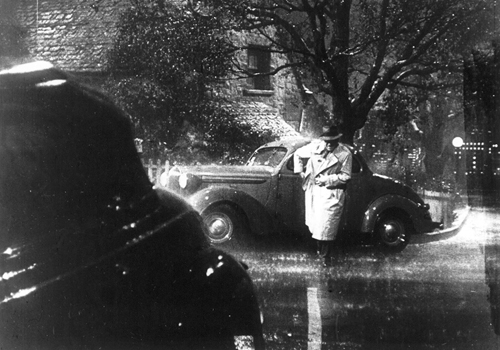
It does rain in the movie, but this is rain laid down on studio streets by sprinkler systems
The groves thinned out and dropped away to the south and the road climbed and it was cold and to the north the black foothills crouched closer and sent a bitter wind whipping down their flanks. Then faintly out of the dark two yellow vapor lights glowed high up in the air and a neon sign between them said: Welcome to Realito.
Font size:
Interval:
Bookmark:
Similar books «The Big Sleep»
Look at similar books to The Big Sleep. We have selected literature similar in name and meaning in the hope of providing readers with more options to find new, interesting, not yet read works.
Discussion, reviews of the book The Big Sleep and just readers' own opinions. Leave your comments, write what you think about the work, its meaning or the main characters. Specify what exactly you liked and what you didn't like, and why you think so.

